May is Global Youth Traffic Safety Month and the National Organization for Youth Safety is speaking loudly through social media and other methods to get the message out to keep young people sand all motorists safe.
Use eTags© to Quickly Complete Your DMV Service. Renewals, Title Transfers and More, All Online!
The number of teenagers who die in car crashes is increasing drastically year over year. As reported by NOYS, car crashes are the number one cause of death for youths in the US.
For young drivers ages 16-19 who just got their driving license, the fatality rate in crashes is four times higher as compared to other age groups.
While these facts can be paralyzing especially for parents of teens, it is important to try and act by educating ourselves on the causes, contributing factors, and things we can do to change the statistics.
Contributing Factors for Youth Mortality in Car Crashes
There are hundreds of factors that cause crashes and an increased risk of fatality. In this regard, there is no age discrimination. For teenagers though, the most common contributing factors that increase the risk of youth death in car crashes are:
- Use of cellphones while driving – Distracted driving is a bigger problem than most realize. Even experienced, older drivers often get into accidents while using their phone. Young drivers though not only lack experience but are also more likely to use a cell phone while driving. Unfortunately, it is a part of “youth culture” as technology is a defining factor in the lives of many, if not most, teenagers. Even the use of a blue tooth devices while driving has been proven to be NO safer than talking directly on the phone or the use of even audio texting.
- Drunk driving – Although we cannot address the issue of underage drinking in this post, teens driving while intoxicated is important to address and isolate. A larger portion of drunk driving incidents is reported for adults but teens have a higher mortality rate in crashes where drunk driving is the cause.
- Speeding – Again, as with all items listed above, drivers of all ages fall into the traps of this dangerous practice. Teens in particular though tend to more likely to speed despite lacking the experience to control a car and make quick decisions in the event of a crash.
- Not using seat-belts – It takes time to develop safe driving habits. Any aspect of driving or any other task you want to master takes practice and consistency. Unfortunately though, while all state approved driving practice and exam courses require students to buckle-up and seat-belt use laws exist, many teens have failed to develop the habit of putting on their seat-belt. In the event of a car crash, teens face a higher risk of mortality because they are more likely than other age groups to not be wearing their seat-belt.
Parents & Teens – What You Can Do
Whether you are a concerned parent wanting to make sure your teenager and their friends stay safe on the road or are a teen yourself who wants to take charge of your own safety, here are some common sense tips:
- Focus on driving – Cell phones are the most popular form of distraction but many driving safety advocates also say that distractions can come in the form of excessive conversation with passengers in the car. Put your phone away by locking it in the glove compartment or in the trunk of your car. You can also download an app that disables the phone while the car is in motion. If you have passengers in the car, limit the amount of involved conversation to only that which requires the driver’s attention. By no means does this require that everyone in the car be silent, but be cognizant of how distracting an animated conversation or loud music can be to the person behind the wheel. Take the pledge to limit driving distractions.
- Drive sober – Sure, this seems like an obvious piece of advice but it is important to talk about often. Remember that driving sober means avoiding any type of substance that affects your cognitive abilities like alcohol and drugs of any type. Consider the consequences, if you get stopped while driving intoxicated, you could lose your driving privileges, get a ticket, increase your insurance cost, and more. If you crash, you could total your car, end up in the hospital, or as is the fate of many youths, you could lose your life.
- Drive the speed limit – Pay attention to speed limits because they can change often depending on the area you are in. Primarily residential areas have lower speed limits than areas or streets that predominantly lined with businesses. School zones have reduced speeds in the mornings and afternoon and it’s important to adhere to these speed limits both for the safety of pedestrians and your own.
- Buckle up – The first thing you should do after you sit down is put on your seat-belt. Don’t turn on the car, don’t adjust the mirrors, or do anything before buckling up. Even if you avoid other risky behavior like distracted driving, drunk driving, and speeding, you can’t control other drivers or circumstances. Additionally, you can take the teen seat belt challenge. In the event of a crash, a seat-belt can literally save your life.
There’s much more that you can do to drive safely but even if you follow these simple tips, you may save your life or someone else’s. If you would like to get more involved with Global Youth Traffic Safety this month, get social with them by using #TrafficSafeYouth.


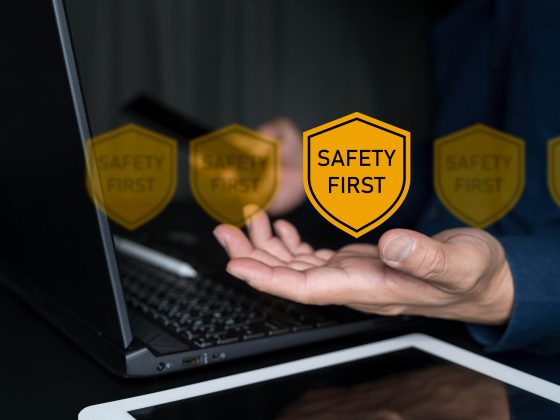


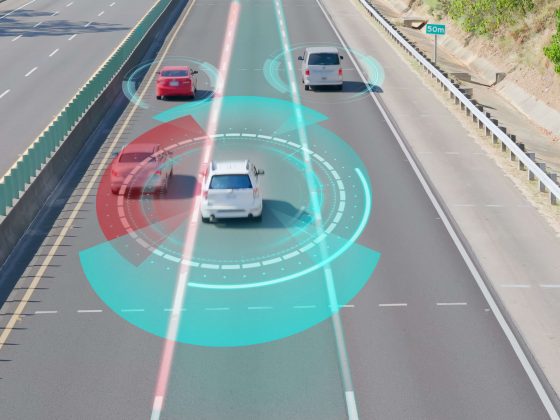
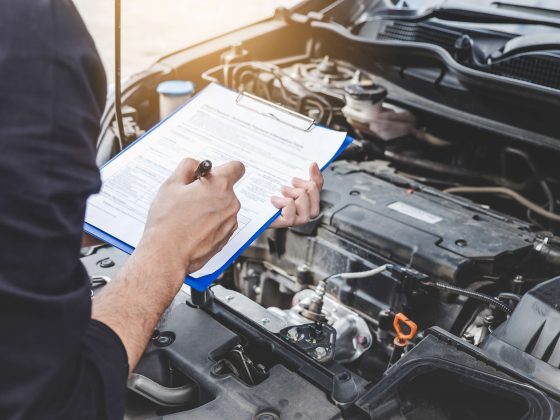
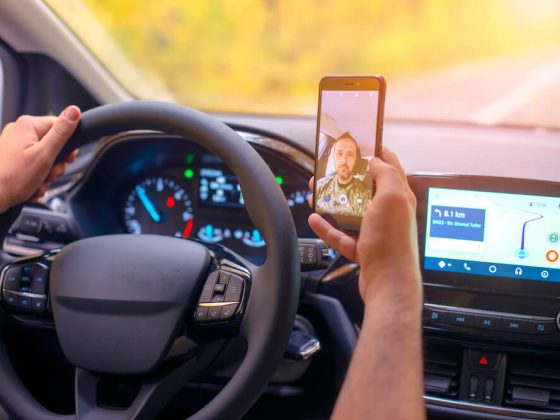
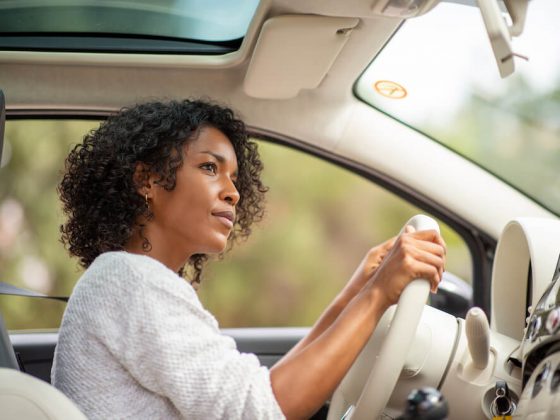
2 comments
Are there any events like marathons that can be attended this year or next
Hi Elena, NOYS host their kickoff event at the beginning of the month and individuals or organizations are able to create their own events and register them with NOYS. You can check the NOYS website for additional events they host or support throughout the year other than GYTSM.